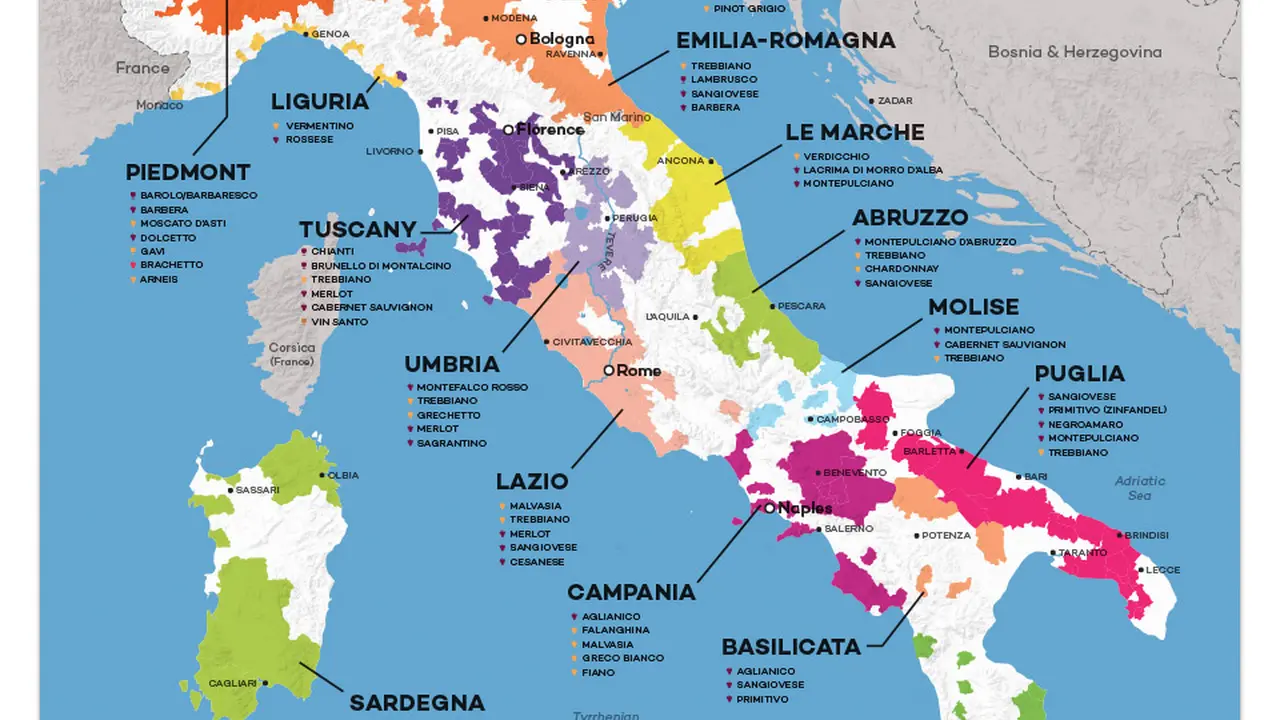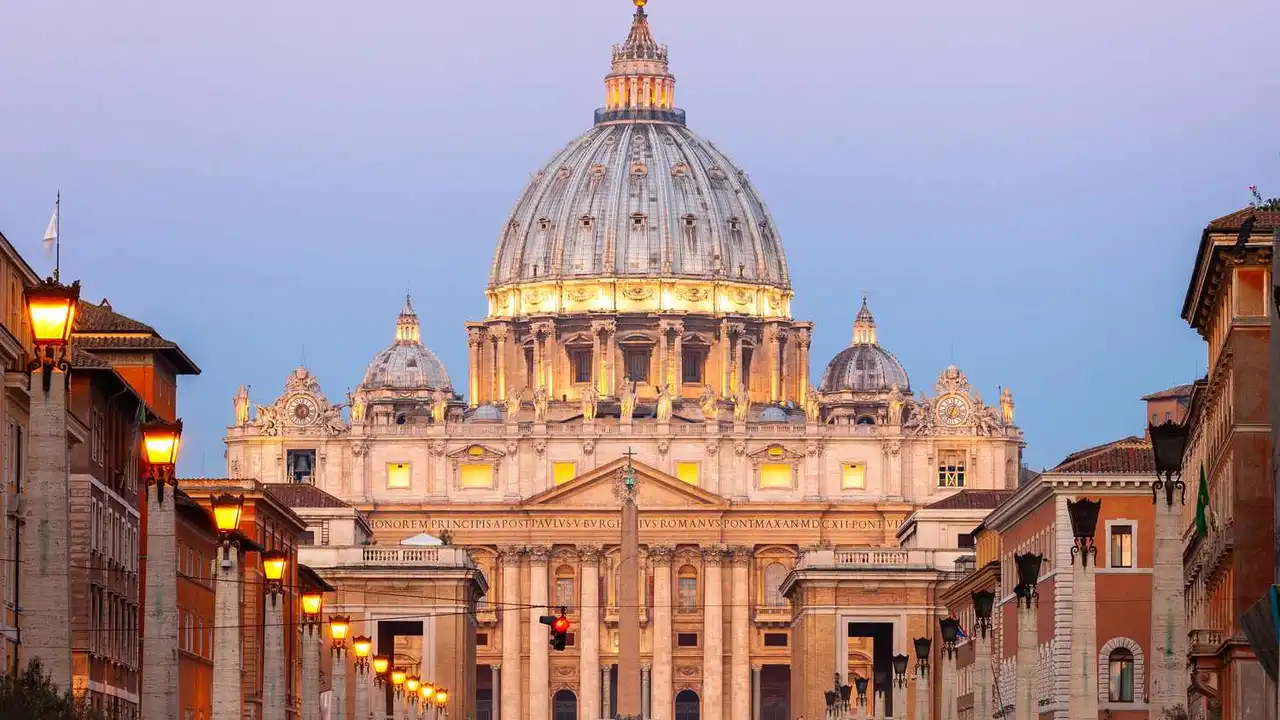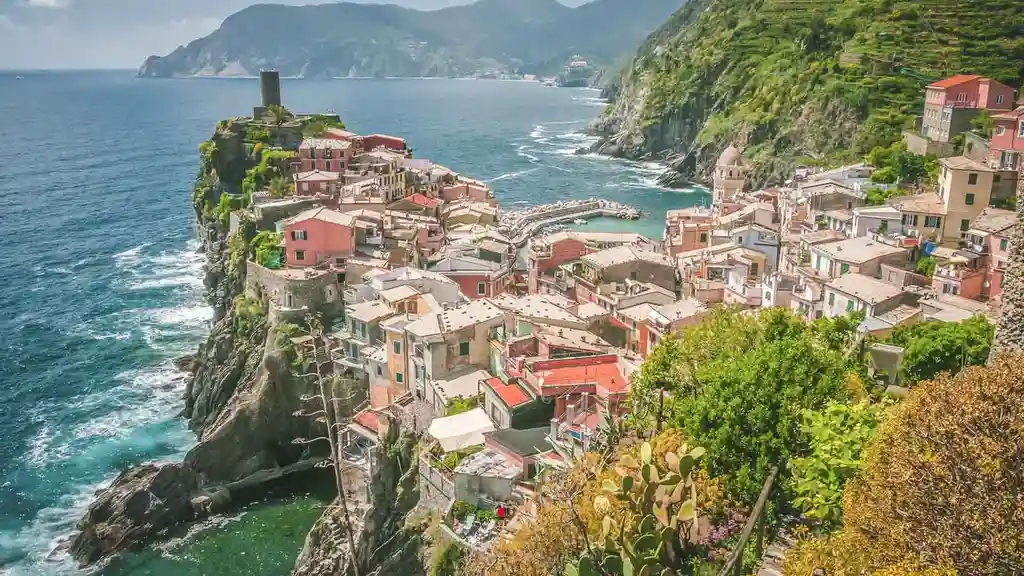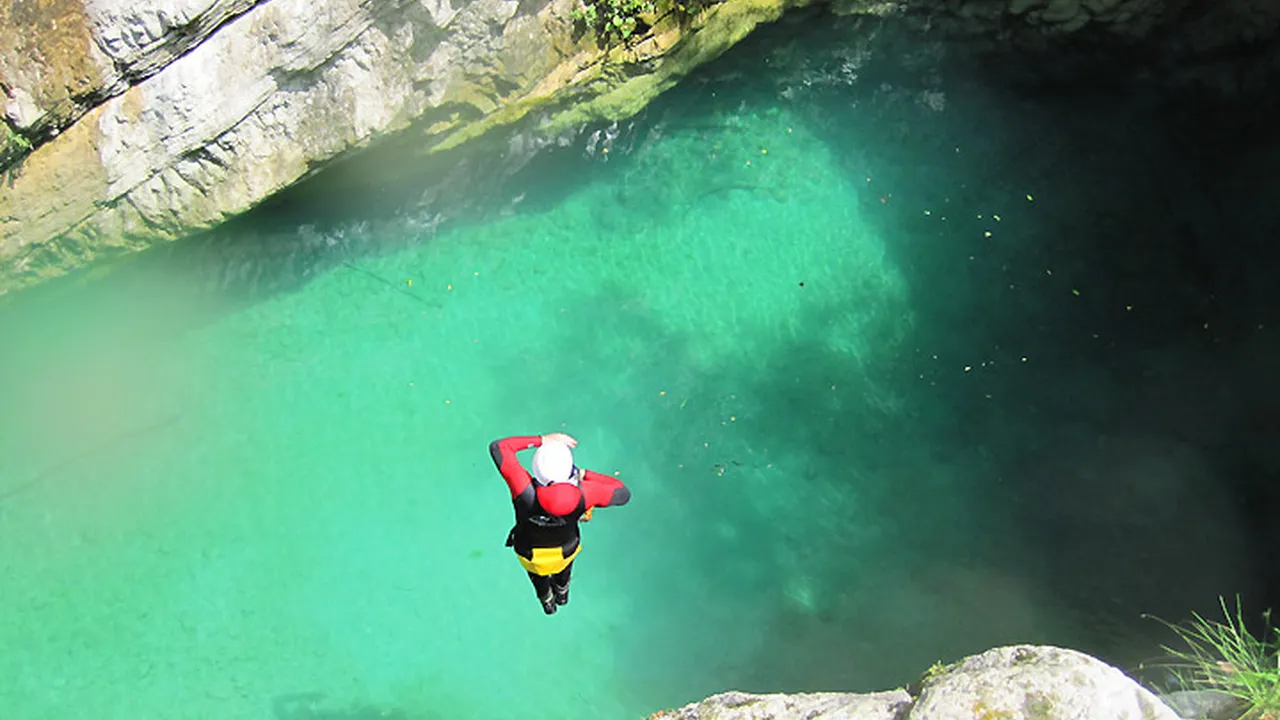Italian Wine Regions: A Guide for Wine Lovers
Discover the best wine regions in Italy Learn about the different grape varieties, wine styles, and tasting notes Experience the rich history and tradition of Italian winemaking

Exploring Italy's Wine Regions An Overview
Italy, shaped like a boot kicking a soccer ball, is a paradise for wine lovers. From the Alps in the north to the sunny shores of Sicily in the south, each region boasts unique terroir, grape varieties, and winemaking traditions. Forget generic supermarket wines – we're diving deep into the heart of Italian viticulture. This isn’t just about drinking wine; it’s about experiencing a culture, a history, and a passion poured into every bottle.
Tuscany Wine Region Chianti Classico and More
Tuscany, the land of rolling hills, cypress trees, and Renaissance art, is synonymous with Chianti. But there's so much more to Tuscan wine than just Chianti. Chianti Classico, the heart of the Chianti region, produces wines primarily from Sangiovese grapes. These wines are known for their bright acidity, firm tannins, and flavors of cherry, leather, and herbs. Look for the "Gallo Nero" (black rooster) symbol on the bottle to ensure you're getting authentic Chianti Classico.
Beyond Chianti, explore the bold Super Tuscans, blends of Sangiovese with international varieties like Cabernet Sauvignon and Merlot. These wines are often powerful, complex, and age-worthy. Don't miss the Vino Nobile di Montepulciano, a refined Sangiovese-based wine from the town of Montepulciano, or the Brunello di Montalcino, one of Italy's most prestigious and age-worthy wines, made entirely from Sangiovese Grosso grapes.
Product Recommendations:
- Fontodi Chianti Classico: A benchmark Chianti Classico, known for its elegance and complexity. Around $40. Perfect with grilled meats or pasta with red sauce.
- Sassicaia Bolgheri: A Super Tuscan icon, known for its rich flavors and aging potential. Around $300. Enjoy with a special occasion dinner.
- Avignonesi Vino Nobile di Montepulciano: A refined and elegant wine with notes of cherry and spice. Around $50. Pair with roasted poultry or aged cheese.
Piedmont Wine Region Barolo and Barbaresco
Piedmont, nestled in the foothills of the Alps, is home to some of Italy's most celebrated wines: Barolo and Barbaresco. Both are made from the Nebbiolo grape, but they offer distinct personalities. Barolo, often called the "King of Wines," is known for its power, structure, and complex aromas of rose, tar, and cherry. It requires aging to soften its tannins and develop its full potential. Barbaresco, often called the "Queen," is generally more approachable in its youth, with softer tannins and more delicate aromatics.
Beyond Barolo and Barbaresco, explore the lighter and fruitier Dolcetto and Barbera wines. These are excellent everyday wines that pair well with a variety of dishes. Don't forget the sparkling Moscato d'Asti, a sweet and aromatic wine perfect for dessert.
Product Recommendations:
- Giacosa Fratelli Barolo: A classic Barolo, known for its structure and aging potential. Around $80. Pair with rich meat dishes like braised beef.
- Gaja Barbaresco: A benchmark Barbaresco, known for its elegance and complexity. Around $200. Enjoy with game birds or truffle dishes.
- Vietti Barbera d'Asti: A bright and fruity Barbera, perfect for everyday drinking. Around $25. Pair with pasta with tomato sauce or pizza.
Veneto Wine Region Prosecco and Amarone
Veneto, the region surrounding Venice, is known for its diverse wines, from the sparkling Prosecco to the rich Amarone. Prosecco, Italy's most popular sparkling wine, is made using the Charmat method, which produces a lighter, fruitier style than Champagne. It's perfect as an aperitif or for celebrating special occasions.
Amarone della Valpolicella is a powerful and complex red wine made from dried grapes. This process concentrates the sugars and flavors, resulting in a wine with intense aromas of dried fruit, chocolate, and spice. Valpolicella Classico is a lighter-bodied red wine that is perfect for everyday drinking. Soave, a crisp and refreshing white wine made from the Garganega grape, is also a Veneto specialty.
Product Recommendations:
- Nino Franco Rustico Prosecco Superiore: A high-quality Prosecco with fine bubbles and delicate fruit flavors. Around $20. Perfect as an aperitif.
- Masi Costasera Amarone della Valpolicella Classico: A classic Amarone, known for its richness and complexity. Around $75. Enjoy with rich meat dishes or aged cheese.
- Anselmi San Vincenzo: A crisp and refreshing Soave, perfect for seafood. Around $20. Pair with grilled fish or shellfish.
Sicily Wine Region Nero d'Avola and Marsala
Sicily, the largest island in the Mediterranean, boasts a unique terroir influenced by its volcanic soil and warm climate. Nero d'Avola is Sicily's most important red grape, producing wines with rich flavors of dark fruit, spice, and chocolate. These wines are often full-bodied and structured, with aging potential.
Marsala, a fortified wine similar to Sherry, is another Sicilian specialty. It can be dry or sweet and is often used in cooking or as a dessert wine. Explore the crisp and refreshing white wines made from the Grillo and Catarratto grapes.
Product Recommendations:
- Planeta Nero d'Avola: A well-structured Nero d'Avola with rich fruit flavors and a hint of spice. Around $30. Pair with grilled meats or pasta with meat sauce.
- Marco De Bartoli Marsala Superiore: A high-quality Marsala with complex aromas of dried fruit and nuts. Around $40. Enjoy as a dessert wine or with aged cheese.
- Donnafugata Anthilia: A crisp and refreshing white wine made from the Catarratto grape. Around $20. Pair with seafood or salads.
Other Notable Italian Wine Regions
While Tuscany, Piedmont, Veneto, and Sicily are perhaps the most famous, Italy is brimming with other incredible wine regions. Friuli-Venezia Giulia in the northeast produces crisp and aromatic white wines. Campania in the south is known for its Aglianico-based reds and Fiano-based whites. Umbria, the "green heart" of Italy, produces the Sagrantino di Montefalco, a powerful and age-worthy red wine.
Tips for Exploring Italian Wine
- Learn the basics: Familiarize yourself with the major grape varieties and wine regions.
- Read wine labels: Look for information about the producer, region, and grape varieties.
- Visit wine shops: Ask for recommendations from knowledgeable staff.
- Take a wine tour: Visit vineyards and wineries to learn about the winemaking process.
- Pair wine with food: Experiment with different pairings to discover your favorite combinations.
- Don't be afraid to try new things: Italy offers a vast array of wines, so be adventurous!
Enjoying Italian Wine A Sensory Experience
Ultimately, enjoying Italian wine is about engaging your senses. Swirl the wine in your glass to release its aromas. Inhale deeply to experience the complex bouquet. Take a sip and let the flavors dance on your palate. Pay attention to the texture, acidity, and tannins. Share your experience with friends and family. Most importantly, relax and enjoy the moment. Salute!
:max_bytes(150000):strip_icc()/277019-baked-pork-chops-with-cream-of-mushroom-soup-DDMFS-beauty-4x3-BG-7505-5762b731cf30447d9cbbbbbf387beafa.jpg)






